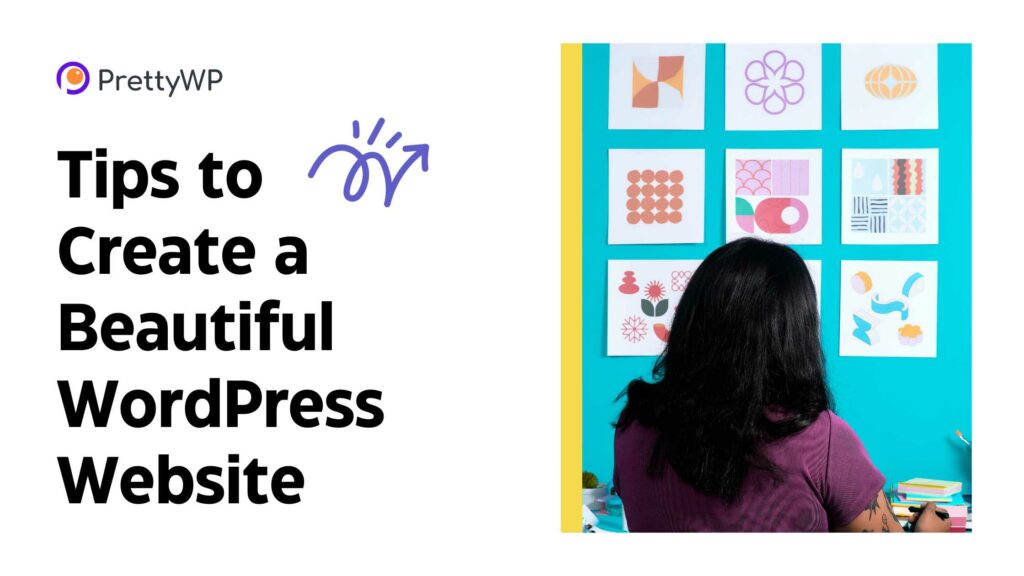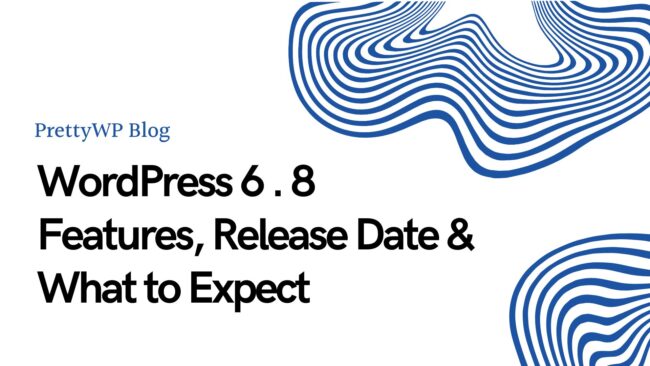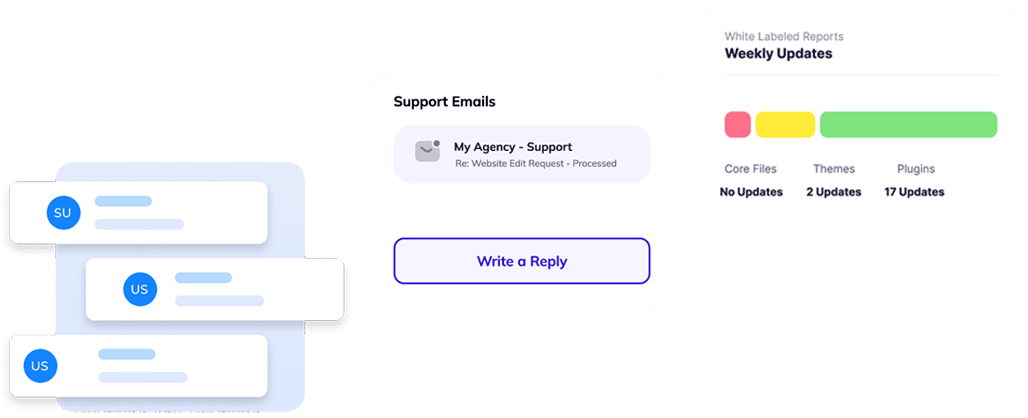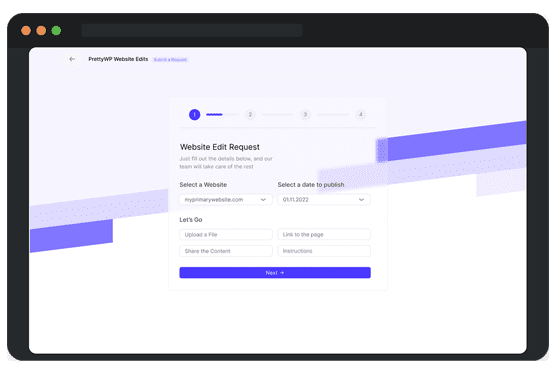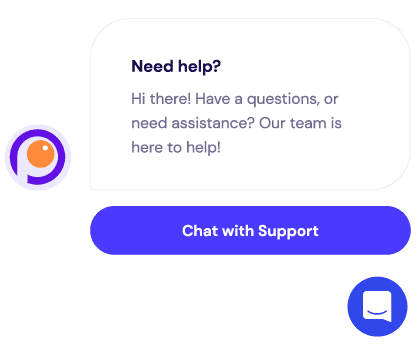A website acts as a virtual storefront, providing potential customers or clients with a great first impression of your brand. It acts as a medium to showcase your products, services, or information, and most importantly, it helps drive traffic and conversions. Whether you’re new to WordPress or simply looking to improve your existing website, here are some tips to create a beautiful WordPress website that stands out from the crowd.
it's a test code block , added for troubleshooting
Why do You Need a Website?
Before diving into the tips, let’s discuss why having a website is important. A website serves as a powerful marketing tool, allowing you to reach a wider audience and expand your business. It acts as a central hub for your online presence, where customers can learn more about your offerings, get in touch with you, and make purchases or donations. Having a professional website also adds credibility and trustworthiness to your brand, making it an essential asset for any small business, freelancer, agency, e-commerce company, or non-profit organization.
So, let’s dive in!
Choose the Right WordPress Theme
Selecting the perfect WordPress theme is the first step towards creating a visually appealing website. Consider the following factors when choosing a theme:
- Responsive Design: Ensure that the theme is mobile-friendly and looks great on all devices.
- Customizability: Look for a theme that allows you to easily customize colours, fonts, and layouts to match your brand identity.
- Compatibility: Check if the theme is compatible with popular plugins and supports the latest WordPress updates.
- User Experience: Opt for a theme that offers an intuitive user experience and easy navigation for your visitors.
Great Images
Images play a crucial role in making your website visually appealing. Here’s how you can make the most of them:
- High-Quality: Use high-resolution images to ensure they look sharp and professional.
- Relevant: Choose images that are relevant to your content and reflect your brand’s personality.
- Optimized: Compress your images to improve page loading speed without compromising quality.
- Alt Tags: Add descriptive alt tags to your images for better accessibility and SEO.
Remember, a picture is worth a thousand words, so make sure your images make the right impression!
Great Colours
Colours have a significant impact on the overall look and feel of your website. Consider these tips when creating a colour palette:
- Branding: Select colours that align with your brand’s identity and evoke the right emotions.
- Contrast: Use contrasting colours to make important elements stand out and improve readability.
- Consistency: Maintain consistency in your colour choices throughout your website for a cohesive look.
- Accessibility: Ensure that your colour palette complies with accessibility standards for people with visual impairments.
Font Choices
Fonts are not just about readability; they also contribute to the overall aesthetics of your website. Consider the following tips when selecting fonts:
- Consistency: Use consistent font styles throughout your website to maintain a cohesive look.
- Readability: Choose fonts that are easy to read across different devices and screen sizes.
- Hierarchy: Use different font sizes and styles to highlight important information and create a visual hierarchy.
- Branding: Select fonts that align with your brand’s personality and identity.
Optimize Images
Page loading speed is important for user experience and SEO. Follow these tips to optimize your website’s images:
- Compression: Compress your images to reduce file size without compromising quality, using tools/plugins like Smush, TinyPNG or Optimole.
- Lazy Loading: Implement lazy loading, which loads images as users scroll, improving initial page load time.
- Responsive Images: Use the srcset attribute to serve different image sizes based on the user’s device, ensuring optimal performance.
By optimizing your images, you can improve your website’s speed and provide a seamless browsing experience for your visitors.
Create Engaging Content
Compelling content is essential to grab and retain the attention of your website visitors. Consider these tips when creating content:
- Clear and Concise: Write content that is easy to read and understand, avoiding jargon and complex language.
- Visual Elements: Incorporate images, videos, and infographics to make your content more engaging and visually appealing.
- Headings and Subheadings: Use descriptive headings and subheadings to break up your content and improve readability.
- Calls-to-Action (CTAs): Include clear and compelling CTAs to encourage user engagement and conversions.
Remember, quality content is key to attracting and retaining your target audience.
Ensure Mobile Responsiveness
Follow these tips to ensure your website looks great on all devices:
- Test on Multiple Devices: Check how your website looks and functions on various smartphones, tablets, and laptops.
- Responsive Design: Use a responsive WordPress theme that automatically adjusts the layout based on the user’s screen size.
- Touch-Friendly Elements: Ensure that buttons, menus, and interactive elements are easily usable on touch screens.
Easy Navigation
User-friendly navigation is important for a positive user experience. Consider these tips for easy and intuitive navigation:
- Clear Menu: Use a clear and prominent menu that directs visitors to key sections of your website.
- Breadcrumbs: Implement breadcrumbs to help users understand their location within your website’s hierarchy.
- Search Bar: Include a search bar to allow users to find specific content quickly.
- User-Friendly URLs: Use descriptive and user-friendly URLs that provide an idea of the page’s content.
By providing easy navigation, you can keep your visitors engaged and make it easier for them to find what they’re looking for.
SEO Optimization
To attract organic traffic from search engines, it’s crucial to optimize your website for SEO. Consider these tips:
- Keyword Research: Conduct thorough keyword research to understand what your target audience is searching for.
- On-Page Optimization: Optimize your page titles, meta descriptions, headings, and content with relevant keywords.
- Website Speed: Improve your website’s loading speed, as it is a ranking factor in search engines.
- XML Sitemap: Generate and submit an XML sitemap to search engines to help them crawl and index your website.
And finally, how much does it cost?
The cost of creating a beautiful WordPress website can vary depending on various factors such as the complexity of design, customization requirements, and additional functionalities. If you have technical expertise, you can create a website for free using a basic WordPress theme. However, investing in a premium theme, professional photography, graphic design, and custom development can significantly enhance the visual appeal and functionality of your website. It’s essential to assess your budget and requirements to determine the cost and make an informed decision.
Final Thoughts
Creating a beautiful WordPress website involves careful consideration of design elements, content, and optimization techniques. By following these tips, you can create a website that not only impresses visitors but also helps achieve their business goals. Remember to focus on delivering a great user experience, showcasing your brand effectively, and staying up-to-date with industry trends and best practices. A well-designed website can be a powerful tool that sets your business apart from the competition and drives success.
Read More: Creating Engaging Content with WordPress: Best Practices and Tips
